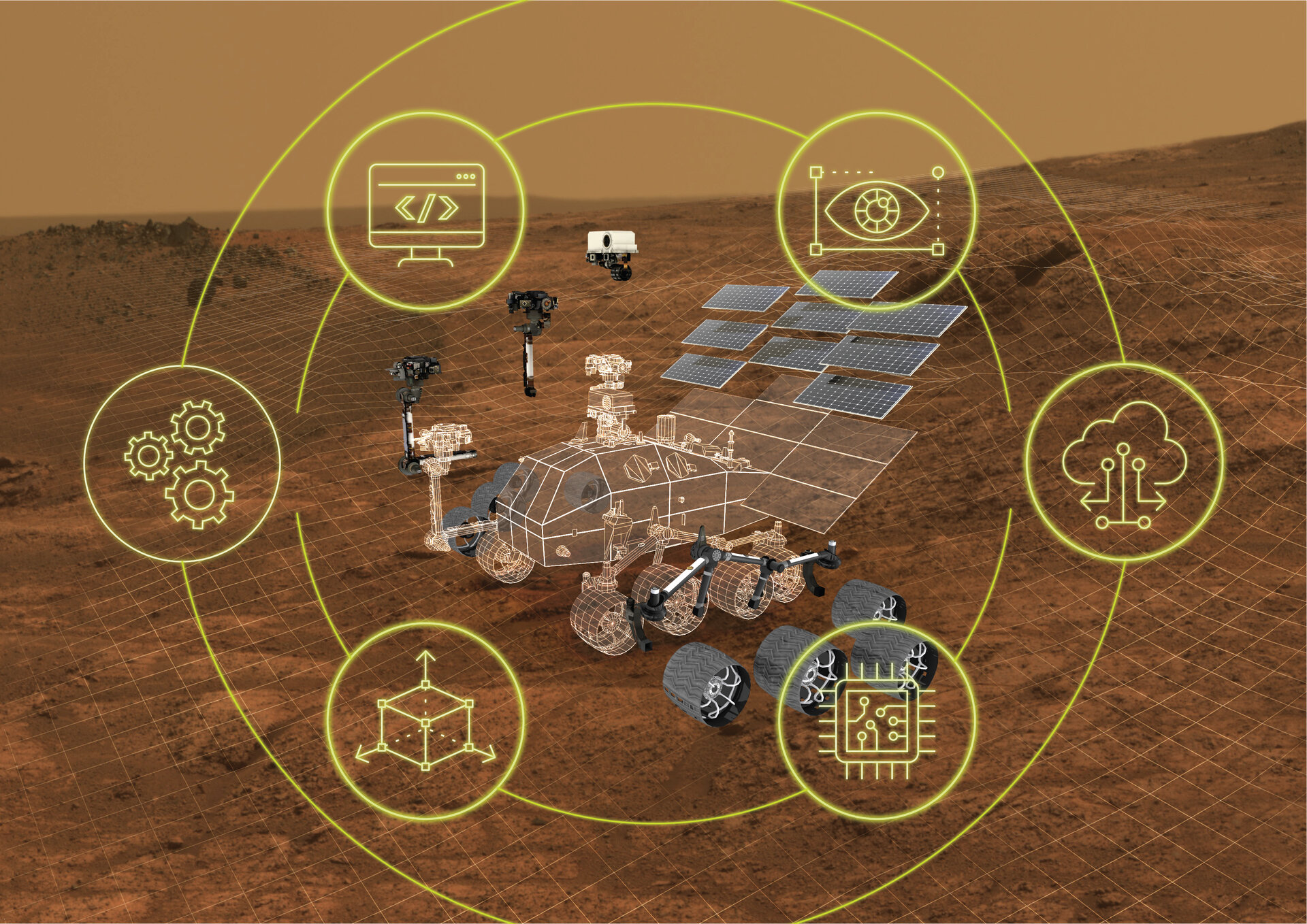ESA Technology Strategy for Europe’s future in space
ESA Director General Josef Aschbacher’s Agenda 2025 has set the future course of Europe in space, building on the Agency’s Technology Strategy which details how our continent is developing the essential technology to get it where it is going. Reflecting four years of progress since it was first unveiled and the new guidance from Agenda 2025, ESA has now updated the Technology Strategy accordingly. It has been released in time for the Agency’s Council at Ministerial Level in Paris on 22 – 23 November, demonstrating the fundamental role of technology across all ESA missions and programmes.
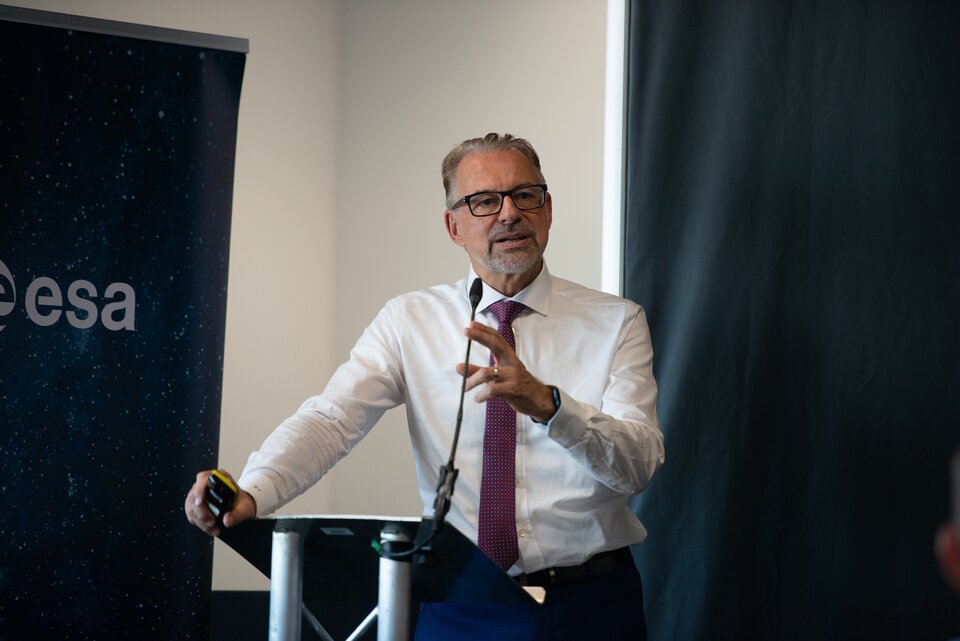
Technology – the application of scientific knowledge for practical purposes – might sound abstract, but our capacity to invent and evolve and master technology and tools is fundamental to humanity as a species, driving us from the East African savannah to every corner of planet Earth, and beyond.
Director General Josef Aschbacher states: “Technology is at the heart of everything ESA does. On the eve of ESA’s Council at Ministerial Level, it is clear that strengthening Europe’s links beyond planet Earth – to secure our access to space, strengthen our competitive position and continue to draw benefit from it – cannot be done without better, faster and more transparent technology development. The ESA Technology Strategy is clear and ambitious and will be an enabler for future ESA missions, ensuring Europe’s position as a fierce global competitor."
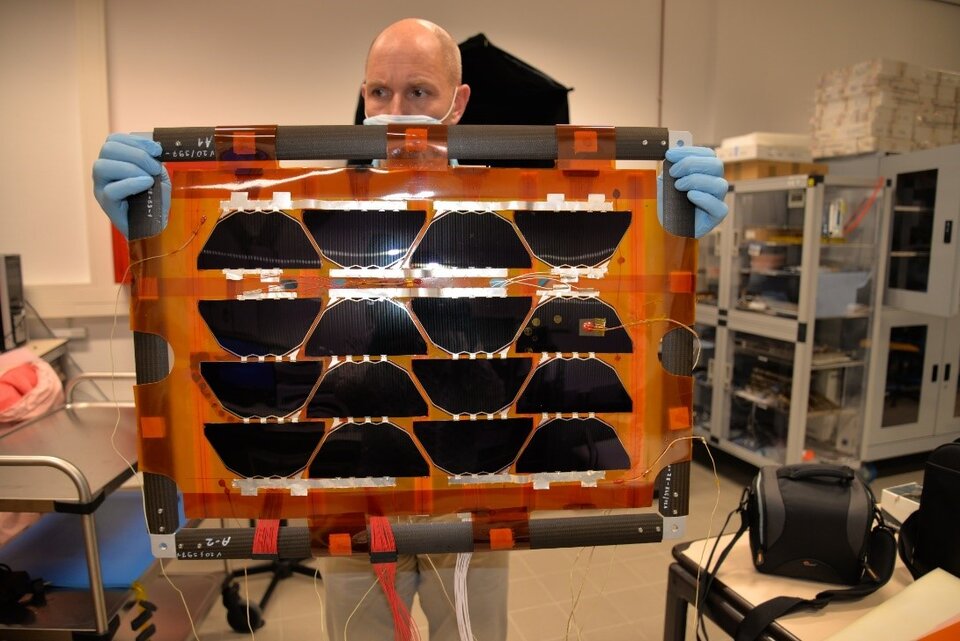
Responding to Agenda 2025
Upon first becoming Director General, Josef Aschbacher presented Agenda 2025 – his vision of a stronger future European space sector. It begins with a mention of the Agency’s Technology Strategy, originally issued in 2018, which addresses how ESA develops technologies needed to achieve Europe’s goals in space, and returns to the subject frequently.
ESA Director of Technology, Engineering and Quality Torben Henriksen explains: “Underlining the importance of ESA’s technical competence, Agenda 2025 asked for a focus on speed in the introduction of new technologies, a doubling of investment on ‘game-changing’ technologies and the launching of three new technology R&D initiatives.
“This new Version 1.2 of the Technology Strategy incorporates the technology guidance from Agenda 2025, showing how Agenda 2025 will be implemented in practice across all ESA’s R&D programmes, as well as how far the Agency has progressed during the last four years.”
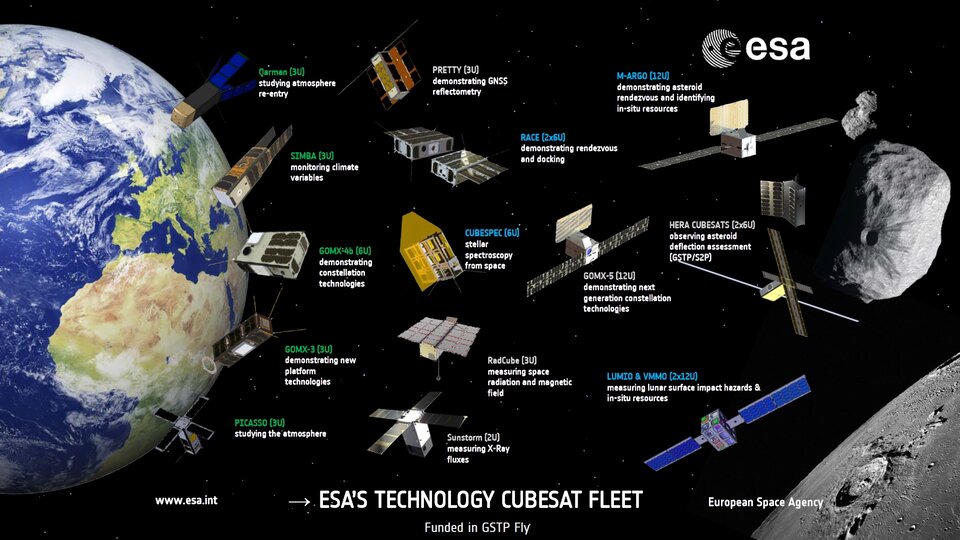
Progress in technology targets
Of the four targets set out in the original version of the Technology Strategy, the Director General gave priority to this one: 30% faster development and adoption of innovative technology. In practice this has meant novel processes, methods and technologies, allowing Europe to take faster benefit from the introduction of new technologies.
This includes a tripling of the number of In-Orbit Demonstration missions from 2020 – 2024 compared to 2015 – 2019, allowing early testing of promising technologies in space, especially using miniature ‘CubeSats’. In addition the time needed to advance technologies selected for In-Orbit Demonstration from Technology Readiness Levels 4/5 to TRL 7/8 are slashed by half, meaning they reach space sooner.
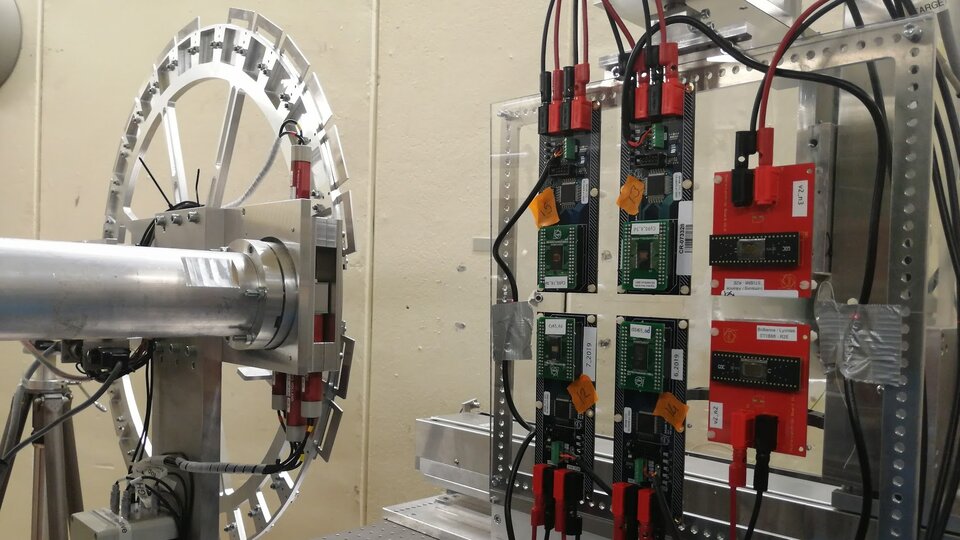
The increased use of ‘commercial off the shelf’ parts, essential to get innovation into space faster, has been facilitated through a dedicated COTS strategy and related mission classification risk model. COTS parts tend to be more advanced and economical compared to their space-grade equivalents. Adopting them permits space missions to benefit from fast evolving terrestrial technology earlier, although does require a careful consideration of the risk versus benefit level.
Increased flexibility, modularity and scalability are also being sought through a top-down approach (unit systems to modules), and standardization of interfaces and Integration Testing methodology for faster adoption, such as for the Advanced Data Handling Architecture (ADHA), and the Advanced Power Architecture (APA).
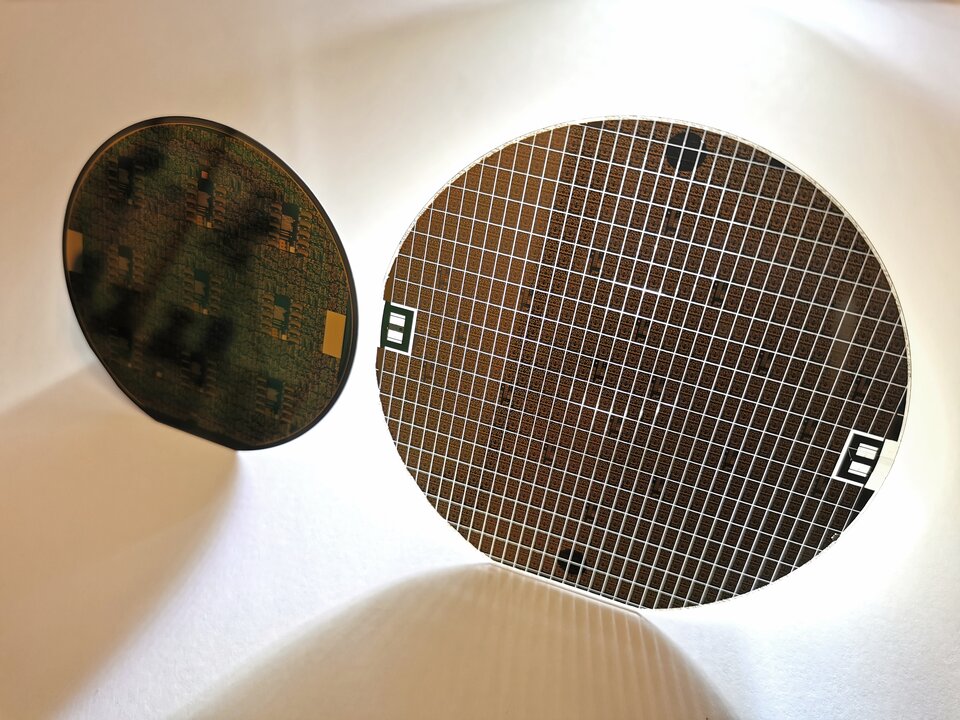
A second target is to develop key technologies allowing Europe to achieve a one order of magnitude improvement in cost efficiency with each new generation of space systems, which encompasses ESA's full range of activities: from getting an order of magnitude more scientific value out of next generation science missions to reducing the cost per useful bit transmitted by telecom satellite systems by one order of magnitude. To help achieve this, Agenda 2025 has led to a specific emphasis on additional technologies – see the specific new initiatives listed below.
Attention is being especially paid to big data analytics technologies, end-to-end system design optimisation and on-board intelligence for smart processing to increase the value per pixel, miniaturisation of instrument technologies and payloads as well as technology advancements in the domain of optics and sensors.

The third target is to achieve a 30% improvement in spacecraft development time, aiming to fully digitalise the workflow from Phase B2 concept development through to manufacturing, integration and testing using Model-Based System Engineering (MBSE), meaning that traditional documentation is replaced with shared digital models. Substantial efforts during the last two years have allowed ESA to use MBSE as part of the baseline for new Phase A studies. Several ESA missions have acted as MBSE forerunners, including Euclid, Plato and Galileo Second Generation.
Increased flexibility and scalability are also being sought through the maximum adoption of modular space system designs and standardisation, such as the Advanced Data Handling Architecture approach, as well as maximising the speed of introducing new terrestrial technological progress to spacecraft. ESA’s Digital Design-2-Produce and Advanced Manufacturing R&D initiatives are also applicable here.
The fourth target is to invert Europe’s contribution to space debris by 2030, showing our ambition to leave the precious space environments in a clean state for the future. Addressing this includes proposing a formal ‘zero debris’ approach for all future ESA missions, including mechanical interfaces for capture as already done for Copernicus Expansion missions to be prepared for removal by an external servicer as well as demonstrating such a removal by 2025 through the ClearSpace-1 ADRIOS mission, currently in preparation.
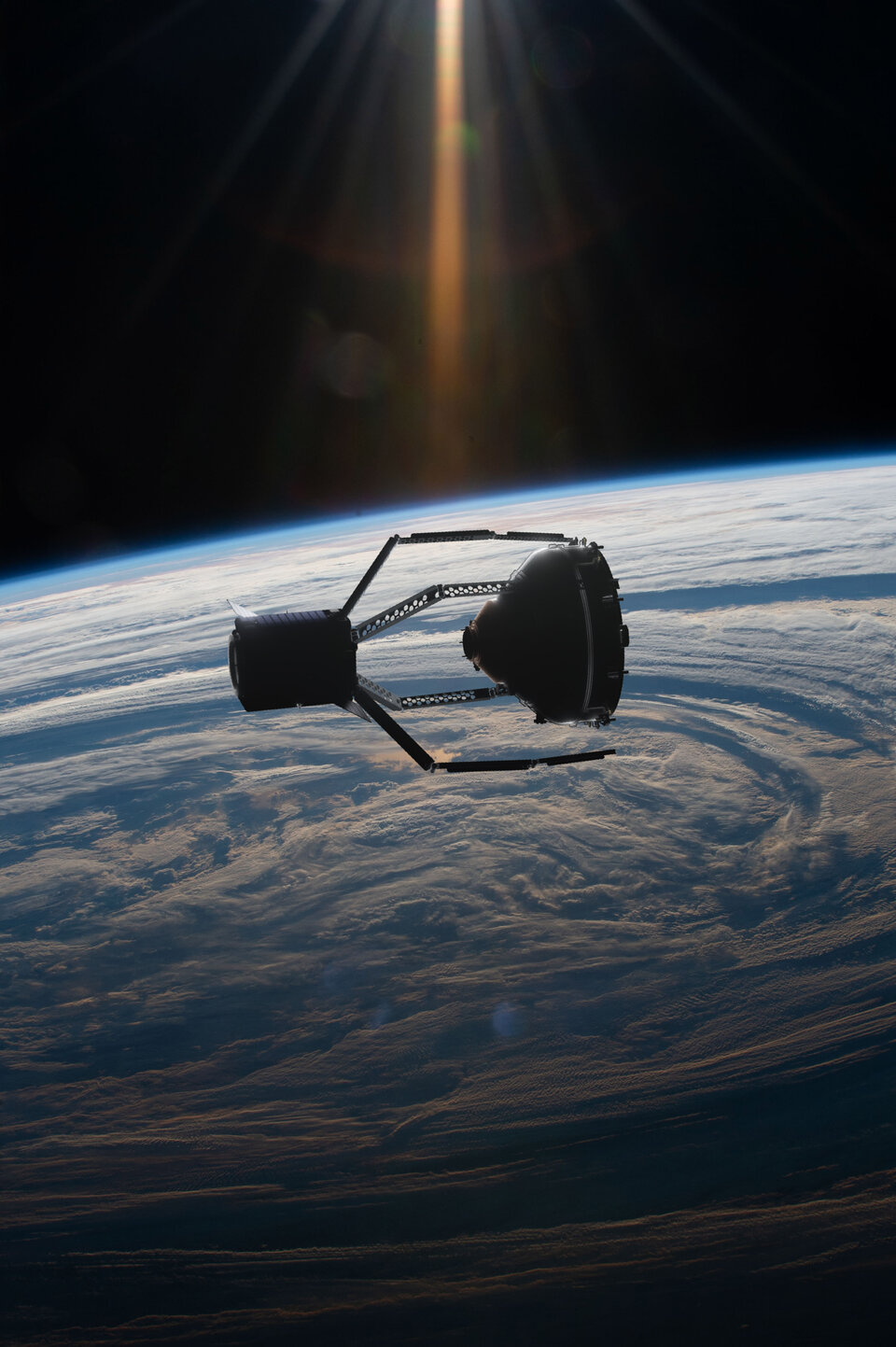
Meanwhile ESA’s cleansat initiative is developing a wide range of technology to ensure that ESA satellites can reliably reach the end of their mission lifetimes without producing debris, typically through deorbiting or reorbiting out of highly trafficked orbits, in conjunction with ESA and international debris regulations.
Trio of new technology themes
The Director General’s instruction to focus on the faster development and implementation of innovative technologies has also led to the creation of three brand new technology themes, joining the existing initiatives on COTS and Electrical, Electronic and Electro-mechanical (EEE) components; Advanced Manufacturing; Digitial Design 2 Produce; Clean Space and Cyber-security:
- Quantum technologies – harnessing special properties of matter that manifest at the very tiniest of scales; these offer new opportunities in space-based communications protected by physical properties instead of encryption, the creation of highly sensitive sensors for mapping gravity, tracking Earth features and fundamental physics phenomena and finally the highly precise measurement of time.
- Advanced propulsion – spanning from air-breathing rocket engines to electric propulsion serving extremely low orbits to emerging green propellants, the emphasis is on new propulsion systems for new applications, to facilitate new applications and markets while boosting the competitiveness of European propulsion and flight vehicle products.
- In-orbit servicing and construction – The ClearSpace-1 ADRIOS mission will demonstrate a unique service to demonstrate the first removal of a debris item from orbit. To increase Europe’s ability to act sustainably in space, and prepare for an emerging commercial market, Europe will demonstrate in-space servicing, manufacturing, construction and recycling capabilities, unlocking new applications in the process.
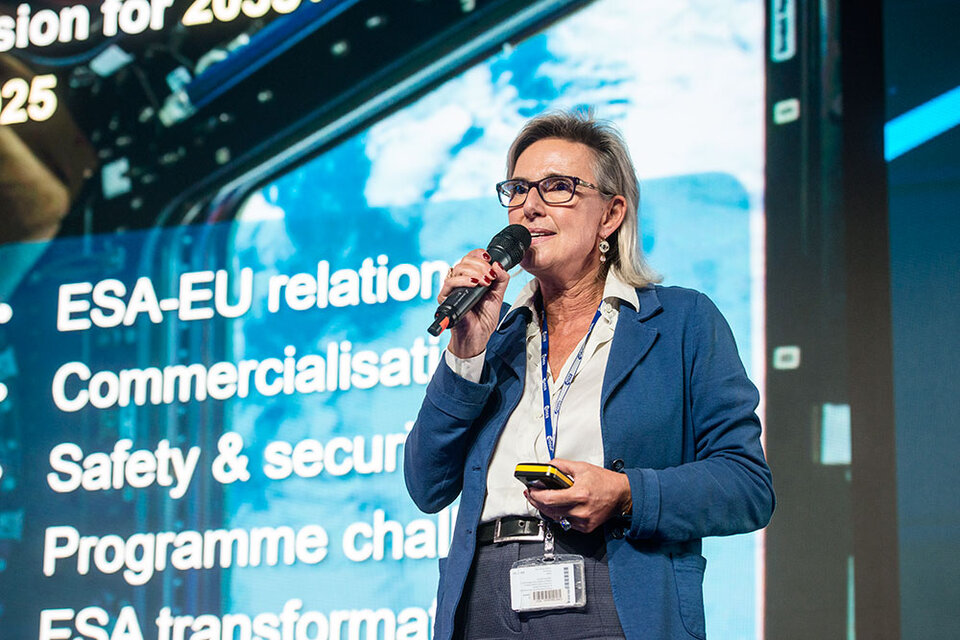
Simonetta Cheli, ESA Director of Earth Observation adds: “As with all other Directorates, we work hand-in-hand with the Directorate of Technology, Engineering and Quality and with industry for technology developments, focusing on a user-driven approach to prioritise innovative technology developments and facilitate a faster adoption of these technologies and methodologies in our ESA missions. Technological synergies often open the doors to other markets beyond ESA and foster the competitiveness of the European space industry.”
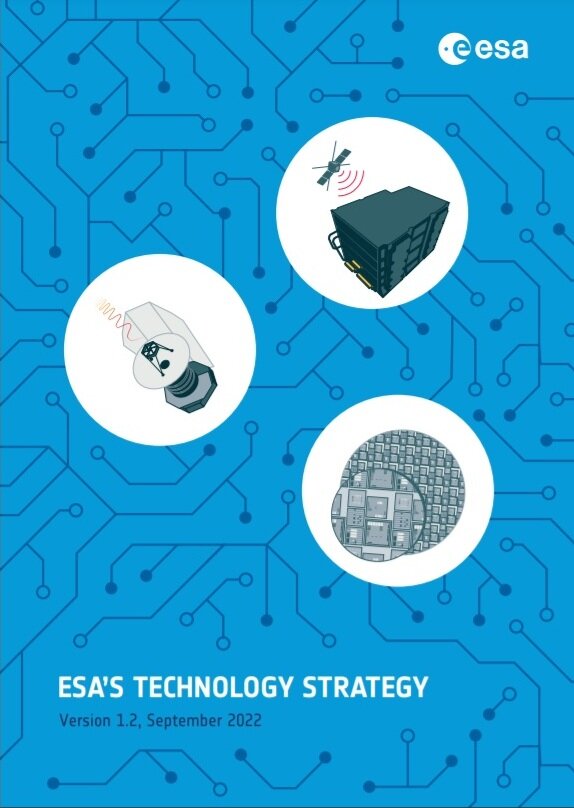
Torben Henriksen explains: “The Technology Strategy provides us with a solid, and ambitious guide for all our technology development programmes, to develop the most suitable technology, on time and according to the right specifications. We have engaged with the different users on their needs and combined with latest technical progress have identified structured priority technology themes. Success in these themes will be vital to achieving the ESA Technology Strategy’s main targets.
“Reflecting the maturing, increasingly diverse and innovative European space sector, we have also made it easier than ever for anyone, especially new companies entering the space sector, to propose new concepts for space technology R&D through ESA Discovery’s open-access Open Space Innovation Platform. Implementing the strategy will enable Europe to achieve our ambitions in space, in particular the objectives outlined in Agenda 2025.”
Read ESA’s updated Version 1.2 of the Technology Strategy in full here.















 Germany
Germany
 Austria
Austria
 Belgium
Belgium
 Denmark
Denmark
 Spain
Spain
 Estonia
Estonia
 Finland
Finland
 France
France
 Greece
Greece
 Hungary
Hungary
 Ireland
Ireland
 Italy
Italy
 Luxembourg
Luxembourg
 Norway
Norway
 The Netherlands
The Netherlands
 Poland
Poland
 Portugal
Portugal
 Czechia
Czechia
 Romania
Romania
 United Kingdom
United Kingdom
 Slovenia
Slovenia
 Sweden
Sweden
 Switzerland
Switzerland


























